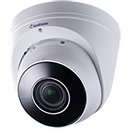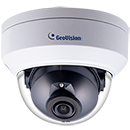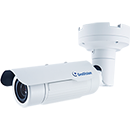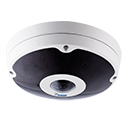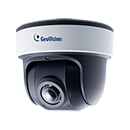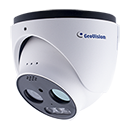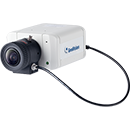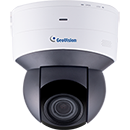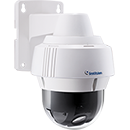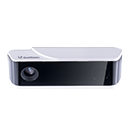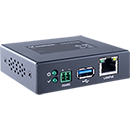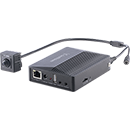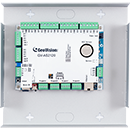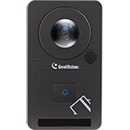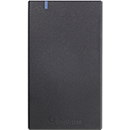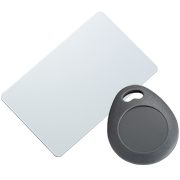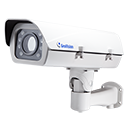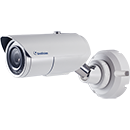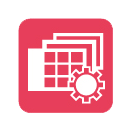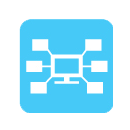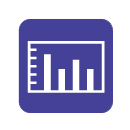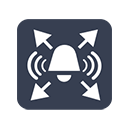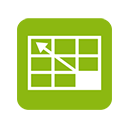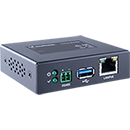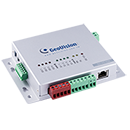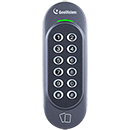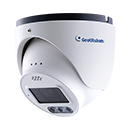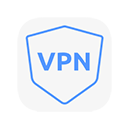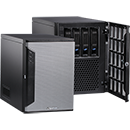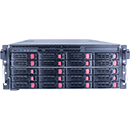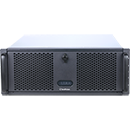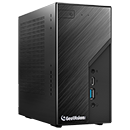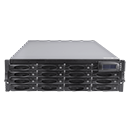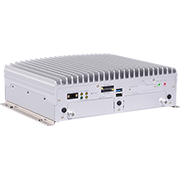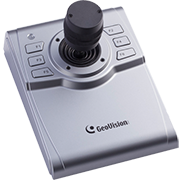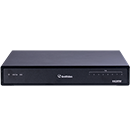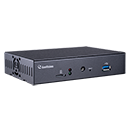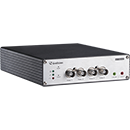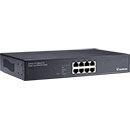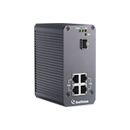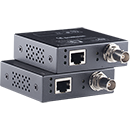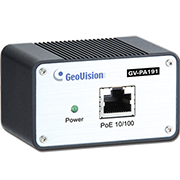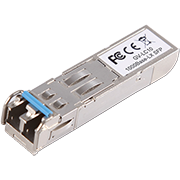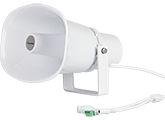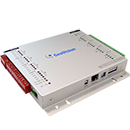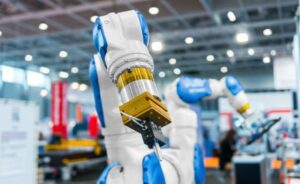
شاید یکی از رایجترین کلمات این دهه، واژه “هوشمند” باشد. هیچ صنعتی از این مفهوم مستثنی نیست. از تلفن ها گرفته تا منازل و ساختمان ها همگی در تلاش برای گنجاندن این مفهوم و برچسب در خود هستند. یکی از صنایعی که به صورت جدی نسبت به این امر علاقه نشان داده، صنعت تولید است. شناخته شده با عناوینی چون هوشمند، کارخانه های هوشمند و مفهوم گسترده تری چون صنعت 4.0، آهسته آهسته بخش تولید شاهد انقلابی است که میتواند روی بسیاری از بخش های دیگر تاثیرگذار باشد.
در قلب کارخانه های هوشمند موضوع هوشمندی قرار دارد و هوشمندی مکانی بخش مهمی از این کارخانه ها را تشکیل میدهد: در صورتی که چیزی حرکت کند و فرآیند انجام آن از اهمیت بالایی برخوردار باشد، ابتدا باید دید که این اتفاق در کدام مکان به وقوع پیوسته و در حال انجام چه کاری است. صنعت 4.0 محیطی را توصیف میکند که در آن فرآیندهای انعطاف پذیر و هوشمند با بهره گیری از داده های به دست آمده از سنسورهای متصل به تمامی بخش های یک زنجیره ی ارزش به صورت همزمان با وقوع رخداد استفاده میکند تا فرآیندهای بیزینسی بهینه سازی شوند. این سیستم های سایبری-فیزیکی از قدرت آنالیتیک های کلان داده ای برای ترجمه دید عملیاتی کامل به سرعت عمل و کارآمدی بی سابقه در امر تولید استفاده میکنند.
اما همواره گروهی از افراد وجود دارند که معتقدند بسته به مکان مورد بررسی از اصطلاحات متفاوتی استفاده میشود، با این حال مفهوم اصلی همچنان ثابت باقی می ماند.
بسته به منطقه و مکانی که این موضوع در آن مطرح میگردد، تعاریف مختلفی میتوان ارائه کرد. با این حال با انداختن نگاهی فراتر ازتعاریف مرسوم ارائه شده برای اصطلاحاتی چون “کارخانه هوشمند” یا “صنعت 4.0″، این اصطلاحات منعکس کننده ی تغییرات بنیادینی با توجه به چگونگی تغییر چهره ی فرآیندهای تولید از طریق “ساختارهای متصل به یکدیگر” هستند. امروزه مراحل مختلف فرآیندهای تولید، از همان ابتدا از پایین ترین سطح یک ماشین یا تجهیزات، مستقیما از طریق سنسورها/اینترنت اشیاء (IoT﴾ به یکدیگر متصل شده و مستقیما قادر به تعامل با یکدیگر هستند و در نتیجه این امر کل زنجیره ی تولید شفاف و کارآمدتر میشود. در حال حاضر این ماشین ها و تجهیزات را میتوان طوری برنامه ریزی کرد که علاوه بر تعامل با یکدیگر، با سیستم های بالاتر و پایین تر خود نیز به تعامل بپردازند و مستقل از مداخله نیروی انسانی، تصمیماتی هوشمندانه اتخاذ کنند. این دقیقا تعریف کارخانه هوشمند مدرن است.
کارخانه هوشمند به صنعتی گفته میشود که از دستگاه های متصل به اینترنت اشیاء ﴿IoT) برای بهبود کارایی، پیوستگی و امنیت عملیات های خود بهره میگیرد. تعامل به صورت همزمان و دورادور بین اجزای تولید و اپراتورها، کارخانه جات را به ویترینی برای اتوماسیون و اتوماتیک سازی تبدیل میکند. مفهوم کارخانه هوشمند را میتوان در دو فاز مجزا تعریف نمود. به عنوان مثال، کارخانه هوشمند بخشی از صنعت 4.0 است. صنعت 4.0 شامل فاز طراحی، فاز تولید و فاز لجستیک میشود. تمام این فازها به عنوان صنعت 4.0 نامیده میشوند، اما کارخانه هوشمند به نقطه ی میانی این فرآیند تبدیل میشود.
کارخانه های هوشمند حداقل به چهار عنصر نیاز دارند. عنصر اول، یکپارچه سازی ماشین با ماشین (M2M﴾ است. عنصر دوم مربوط به دانش حوزه مربوطه میشود. عنصر سوم مربوط به هوشمندی بیزینسی در بخش های بیرونی و داخلی این کارخانه ها است. عنصر چهارم نیز به تقاضای بازار برمیگردد.
این چهار عنصر از چهار حوزه ی متفاوت می آیند؛ این بدان معناست که اگر بخواهیم کارخانه هوشمند را در یک کلمه تعریف کنیم، میتوانیم از آن به عنوان تلفیق و یکپارچه سازی یاد کنیم.
ایده ی تقسیم این مفهوم به چهار دسته مختلف به نظر میرسد که در این صنعت بسیار شناخته شده باشد. صنعت 4.0 شامل چهار ستون میشود که کارخانه هوشمند یکی از این ستون ها را تشکیل میدهد. علاوه بر کارخانه هوشمند، تجربه دیجیتال مشتریان، زنجیره ی تامین متصل به یکدیگر و تشکیلات دیجیتال سایر ستون های صنعت 4.0 را تشکیل میدهند. هر صنعت 4.0 ابتدا با یکی از این ستون ها شروع میشود و سپس به سرعت به سوی سایر حوزه های دارای هم پوشانی حرکت میکند.
نقش دوربین ها در کارخانه های هوشمند
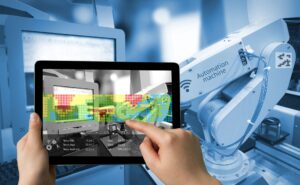
کارخانه های هوشمند میتوانند از دامنه ی گسترده ای از اطلاعات ورودی برای تغذیه قابلیت های تصمیم گیری خود استفاده کنند – ویدئوهای ضبط شده یکی از این منابع را تشکیل میدهند. از این ویدئوها میتوان برای سنجش و برای کنترل فرآیند استفاده کرد ﴿به عنوان مثال، اطمینان حاصل نمودن از اینکه برخی مناطق مشخص که در آن فرآیندهای تولید صورت میگیرند توسط اشیاء خارجی مسدود نشده باشند﴾، به علاوه اینکه این ویدئوها برای تست و آزمایش نیز کارایی دارند ﴿به عنوان مثال، اطمینان حاصل نمودن از اینکه تمام پیچ های موردنیاز برای سر هم کردن یک کیس در کالای تولید شده تعبیه شده است.﴾
داده های ویدئویی نیازمند تفاسیر زیادی هستند و زمانی بهترین عملکرد را از خود نشان میدهند که فرآیند و توضیحات مربوط به آن به خوبی محدود شده باشند و در نتیجه به الگوریتم های پردازش تصاویر امروزی اجازه دهند که با نرخ های خطای پایین عمل کنند. در مواردی که این فرآیندها به آن اندازه محدود نشده باشند، روش های مستقیم شناسایی و تشخیص اشیاء، یعنی سیستم های RFID ترجیح داده میشوند.
دوربین های داخل کارخانه های هوشمند برای کاربری هایی چون جلوگیری از ضرر، بازبینی دورادور، فرآیندهای عملیاتی، ایمنی و امنیت مورد استفاده قرار میگیرند. به عنوان مثال شرکت مارلنکا اینترنشنال که یک شرکت تولیدکننده کیک های عسلی واقع در کشور جمهوری چک است، به خاطر الزامات استانداردهای صنعتی، با قرار دادن دوربین در بالای خطوط تولید اقدام به بازبینی حرکات تسمه نقاله ای و فرآیند پخت خمیر نموده است. بخش های دیگری از این شرکت که در آنها از دوربینها استفاده شده است، بخش بسته بندی محصولات و بخش ارسال، برای بازبینی میزان ترافیک میباشد.
به عنوان مثال دیگری از چگونگی بکارگیری دوربین ها در تاسیسات هوشمند میتوان به شرکت زامپرا اسپول، یک شرکت مهندسی بین المللی واقع در کشور جمهوری چک اشاره کرد. این شرکت عمدتا به دلایل امنیتی مرسوم و همیشگی، همچون محافظت از فضاهای پیرامونی، جلوگیری از سرقت و بازبینی، از دوربین ها استفاده نموده است. این دوربین ها در امر بازبینی امنیت در کار و برخی از فرآیندهای کاری مشخص خود را نشان داده اند؛ با بکارگیری این دوریبن ها، تعداد صدمات ناشی از کار و غیاب های گزارش نشده در محیط کار کاهش یافته است. با این وجود خیلی زود مشخص شد که کیفیت مثال زدنی و قابلیت های نرم افزاری دوربین های بکار گرفته شده، همچون جستجوی آسان برای فایل های ضبط شده، این کار را ممکن ساخت که از این دوربین ها برای اقدامات دیگری که تا حد زیادی باعث بهینه سازی عملیات های تولید میشدند استفاده نمود.
از زمان بکارگیری دوربین ها در این کارخانه ها، افزایش قابل توجهی در کیفیت تولید، رشد در تولید و کاهش صدمات کاری و غیاب های گزارش نشده در محیط کار مشاهده شد.
در کارخانه جات هوشمند از دوربین ها در دو سناریوی مختلف استفاده میشود. سناریوی اول، کنترل و بررسی بروز هرگونه خطا. کار اصلی دوربین های صنعتی، بررسی و کنترل میزان دقت یا مقاومت موردنیاز است. سناریوی دوم ، بحث نظارت است که کاربرد استاندار برای امنیت تلقی میگردد.
برگرفته از مجله a&s
